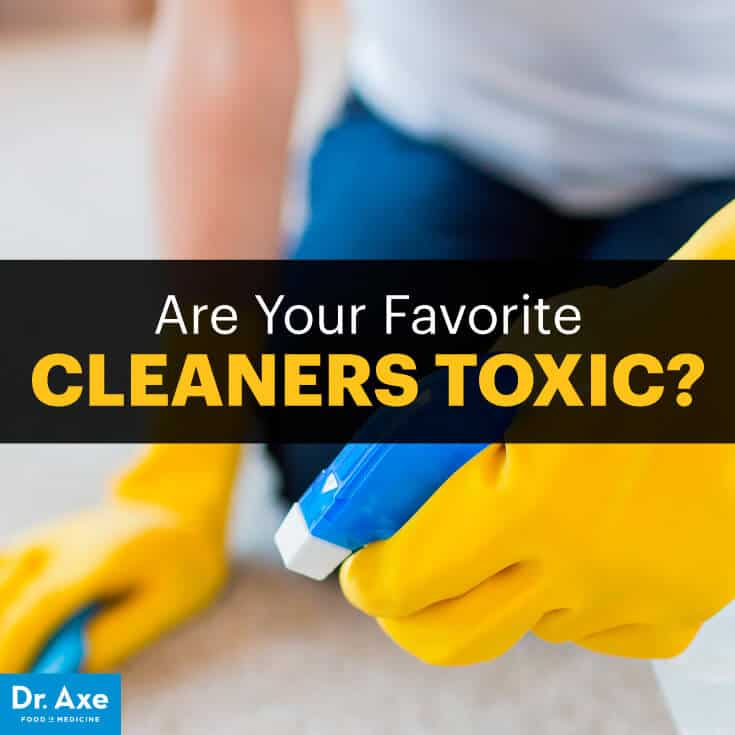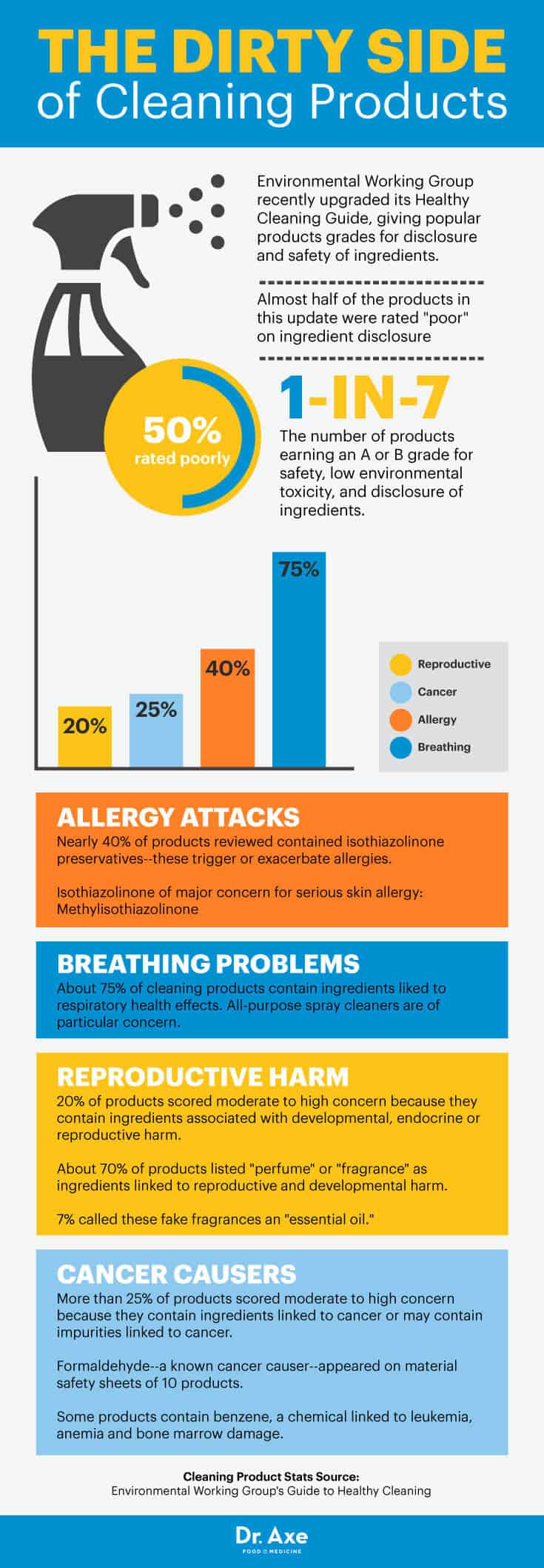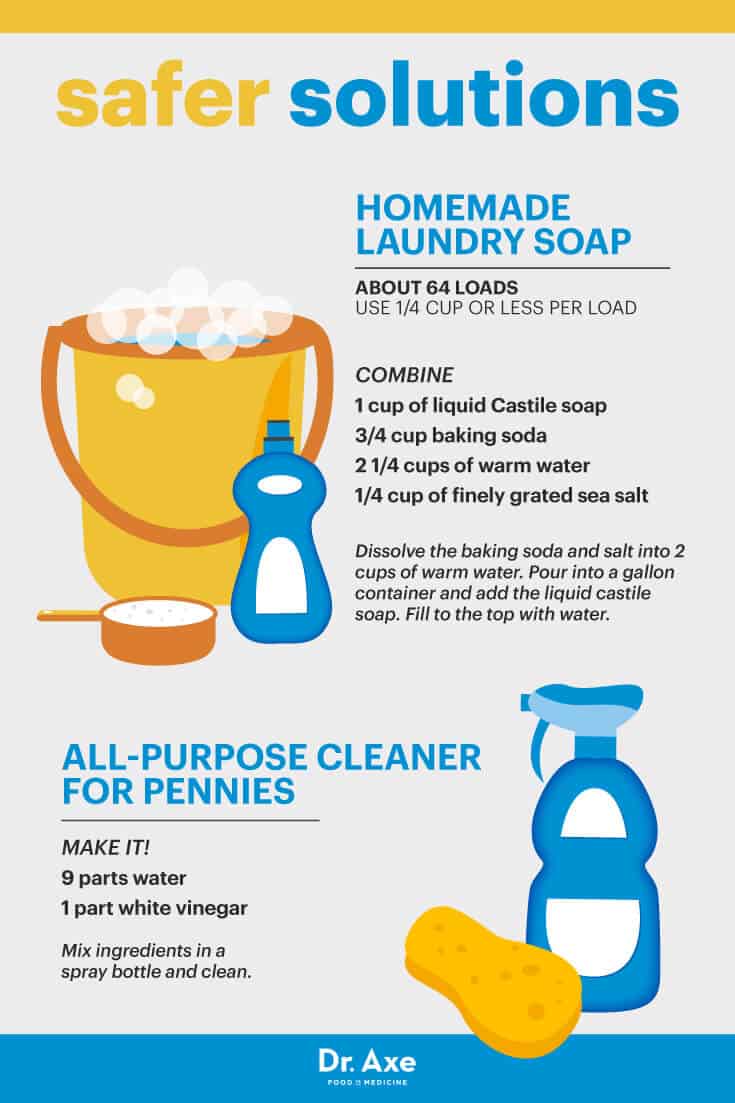This Dr. Axe content is medically reviewed or fact checked to ensure factually accurate information.
With strict editorial sourcing guidelines, we only link to academic research institutions, reputable media sites and, when research is available, medically peer-reviewed studies. Note that the numbers in parentheses (1, 2, etc.) are clickable links to these studies.
The information in our articles is NOT intended to replace a one-on-one relationship with a qualified health care professional and is not intended as medical advice.
This article is based on scientific evidence, written by experts and fact checked by our trained editorial staff. Note that the numbers in parentheses (1, 2, etc.) are clickable links to medically peer-reviewed studies.
Our team includes licensed nutritionists and dietitians, certified health education specialists, as well as certified strength and conditioning specialists, personal trainers and corrective exercise specialists. Our team aims to be not only thorough with its research, but also objective and unbiased.
The information in our articles is NOT intended to replace a one-on-one relationship with a qualified health care professional and is not intended as medical advice.
Are Your Favorite Eco-Cleaners Toxic?
April 11, 2016

There’s nothing better than opening the door and stepping into a tidy house after a long day’s work. But our quest for cleanliness — I call it living in the Age of Oversanitation — is doing a real number on our health, introducing chemicals that can cause cancer, asthma and grueling allergic skin reactions. A Spring 2016 Environmental Working Group report offers a sobering reminder that cleaning ingredients — even some found in eco-cleaners — aren’t necessarily good for us. (1)
Perhaps the biggest take-home message of the report? It’s really tough to figure out what’s actually inside those store-bought cleaning product bottles. That’s because U.S. law doesn’t mandate ingredient labeling. Choosing products from companies with a history of disclosing all ingredients or even making your own eco-cleaners is a great way to opt for safe products, but that’s not completely foolproof, either.
Key Findings (Including Eco-Cleaners)
It’s no secret we’re cleaning ourselves sick. In fact, women employed as cleaners have a much higher risk having children with birth defects. (2) The updated EWG review suggests that many cleaning product companies (even some “green” ones) need to clean up their acts when it comes to ingredients. Some key findings:
- Powerful germ-killing ingredients known as quats, or quaternary ammonium compounds, were detected in more than 40 percent of antibacterial products under review. “Quats” can trigger asthma in otherwise healthy people after frequent low-dose exposures. (3) These ingredients often hide out in antibacterial sprays and even fabric softeners. This is called antibacterial overkill.
- More than half of dishwasher detergent liquids contained bleach, another chemical shown to cause asthma.
- Chloroform — a suspected human carcinogen — has the ability to escape in fumes released by bleach-containing products.
- Formaldehyde — a known human carcinogen — is sometimes used as a preservative or may be released by other preservatives in cleaning products.
- Formaldehyde sometimes forms when terpenes found in citrus and pine oil cleaners and in some essential oils used as scents react with ozone in the air.
- Sodium borate, also known as borax, and boric acid are added to many products as cleaning agents, enzyme stabilizers or for other functions. They may disrupt the hormone system and cause breathing problems. (4, 5)

Top-Rated Eco-Cleaners
The good news is many leading “green” brands sell superior products. EWG IDs Green Shield Organic and Whole Foods’ Green Mission brands as examples of this. However, some brands marketed as green do not disclose ingredients adequately, EWG notes.
Some of the best products include:
- Dr. Bronner’s Pure-Castile Soap, Baby Unscented (there are SO many uses for castile soap)
- Green Shield Organic Glass Cleaner, Fresh
- Atitude All-Purpose Eco Cleaner
- Earth Friendly Products Toilet Cleaner, Natural
- AspenClean Super Scrub Powder
- Arm & Hammer Super Washing Soda Detergent Booster and Household Cleaner
- Ecover ZERO Laundry Liquid Concentrate
- Seventh Generation Automatic Dishwasher Powder, Free & Clear
- Check out the entire EWG database to rate your products (and to find safer options)

Toxic Cleaners to Always Avoid
Because of the health risks often associated with the following cleaning products, EWG recommends avoiding:
- Air fresheners. Open windows or use fans instead.
- Antibacterial products. Antibacterial products, including ones containing triclosan, fuel the development of drug-resistant superbugs. Use a simple mixture of 9 parts water, 1 part white vinegar as a basic cleaner that kills many germs.
- Fabric softeners and dryer sheets. These products often trigger asthma and allergies. Use a quarter-cup of white vinegar in the rinse cycle to naturally soften clothing and reduce static.
- Caustic drain cleaners and oven cleaners. These toxic ingredients can burn eyes and skin. Use a drain snake or plunger in drains. Or the next time you’re dealing with a clogged drain, tap into one of the best uses for baking soda with this drain-cleaning recipe: Mix baking soda with apple cider vinegar to help open up your drain. Let the combination bubble for 15 minutes, then rinse it with hot water.
- Products with formaldehyde listed on available safety data sheets: Ajax Dish Liquid, Lemon; Ajax Triple Action Dish Liquid Hand Soap, Orange; Fab Ultra Liquid Laundry Detergent, Spring Magic; Finish All in 1 3X Concentrated Gelpacs, Orange Grease Cutting; Finish All in 1 8X Power Gelpacs, Orange Grease Cutting;
Palmolive Ultra Dish Liquid, Original; Palmolive Ultra Concentrated Dish Liquid, Lotus Blossom & Lavender; Woolite Everyday Laundry Detergent, Sparkling Falls.
The Case Against Being Too Clean
In my opinion, our obsession with oversanitization is fueling dozens of modern-day diseases like leaky gut syndrome.
In our quest to eliminate all germs, we’re also wiping out some of the most beneficial organisms designed to live in our digestive tracts. Without these beneficial microbes, we’re dealing with health ailments that were mostly unheard of in generations past. A lack of beneficial bacteria alters normal metabolic and hormonal functions, leading to things like food sensitivities, bloating and vitamin deficiencies.
The scientific theory called the “hygiene hypothesis” suggests that so many children are suffering from allergies, asthma and other autoimmune disorders because we’re scrubbing our environments free of the beneficial bacteria that help build a healthy immune system.
Leaky gut is quite possibly the most dangerous effect of our overly sanitized world. This condition occurs when there’s a lack of good bacteria to keep bad bacteria in check. This leads to a permeable intestinal wall that allows toxins, undigested food particles and other microbes to enter the bloodstream.
Final Thoughts on Eco-Cleaners
We all want to enjoy clean homes, but it’s important to look for the safest cleaners on the market (or make your own safer cleaners). EWG, a nonprofit watchdog group, updated its Healthy Cleaning Database in Spring 2016 to analyze thousands of popular cleaning products on the market. Rating disclosure of all ingredients, safety, and environmental impact, EWG assigned grades to cleaning products to help people make smarter choices.
It’s important to note, however, that not all “green” cleaning product ranked well in the EWG analysis. Researchers there warned that borax could contain hormone disrupting qualities. Some essential oils, like those derived from citrus and pine, could react with ozone in the air to create dangerous formaldehyde. If you do use these for natural cleaning, be sure to use in a well-ventilated area, and to avoid using citrus or pine essential oils, particularly on days when smog levels are high.
Often, simple ingredients like white vinegar, washing soda and baking soda are all you need to adequately clean your home. In fact, many of us could actually benefit from more exposure to certain beneficial microbes. That’s why I’m on a mission to urge people to embrace eating dirt. (Well, eat more beneficial soil-based organisms, to be exact.)
Read Next: 13 Uses for Castile Soap for the Home & Body



